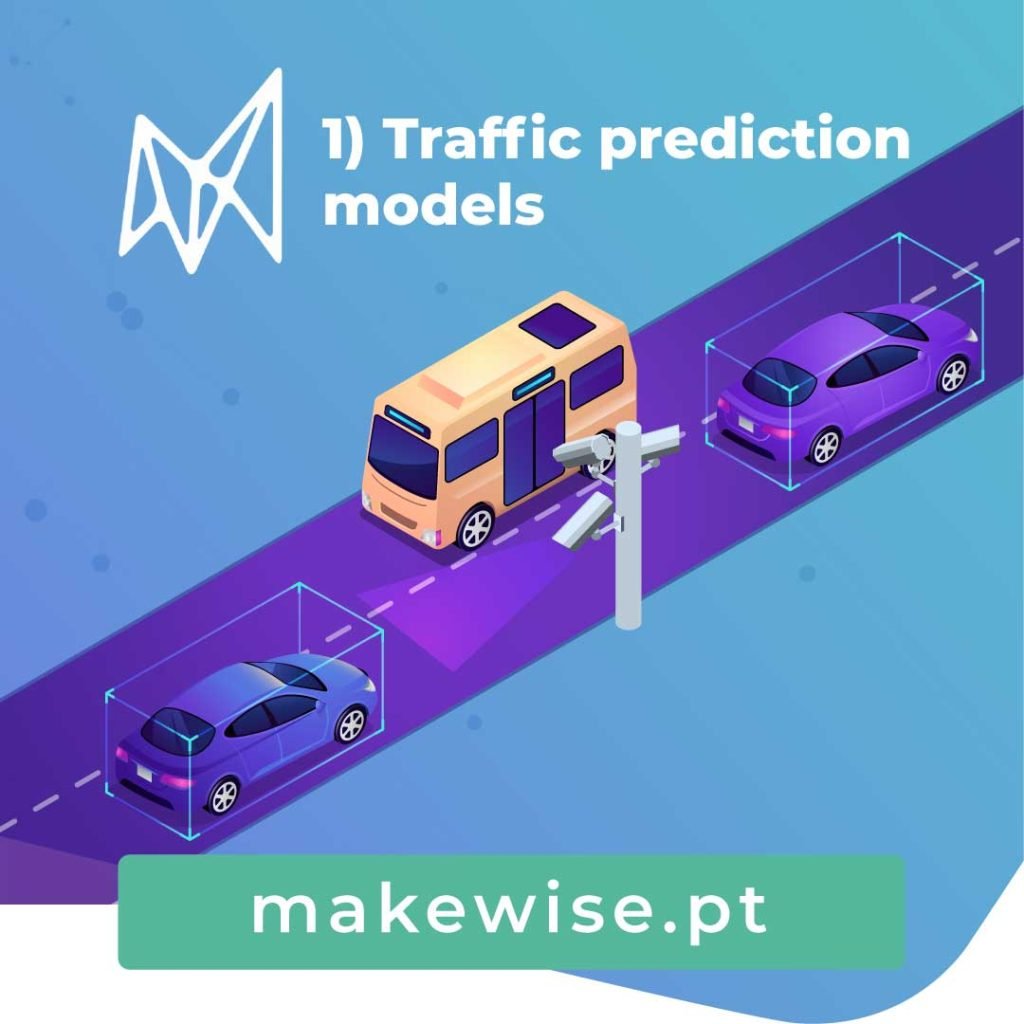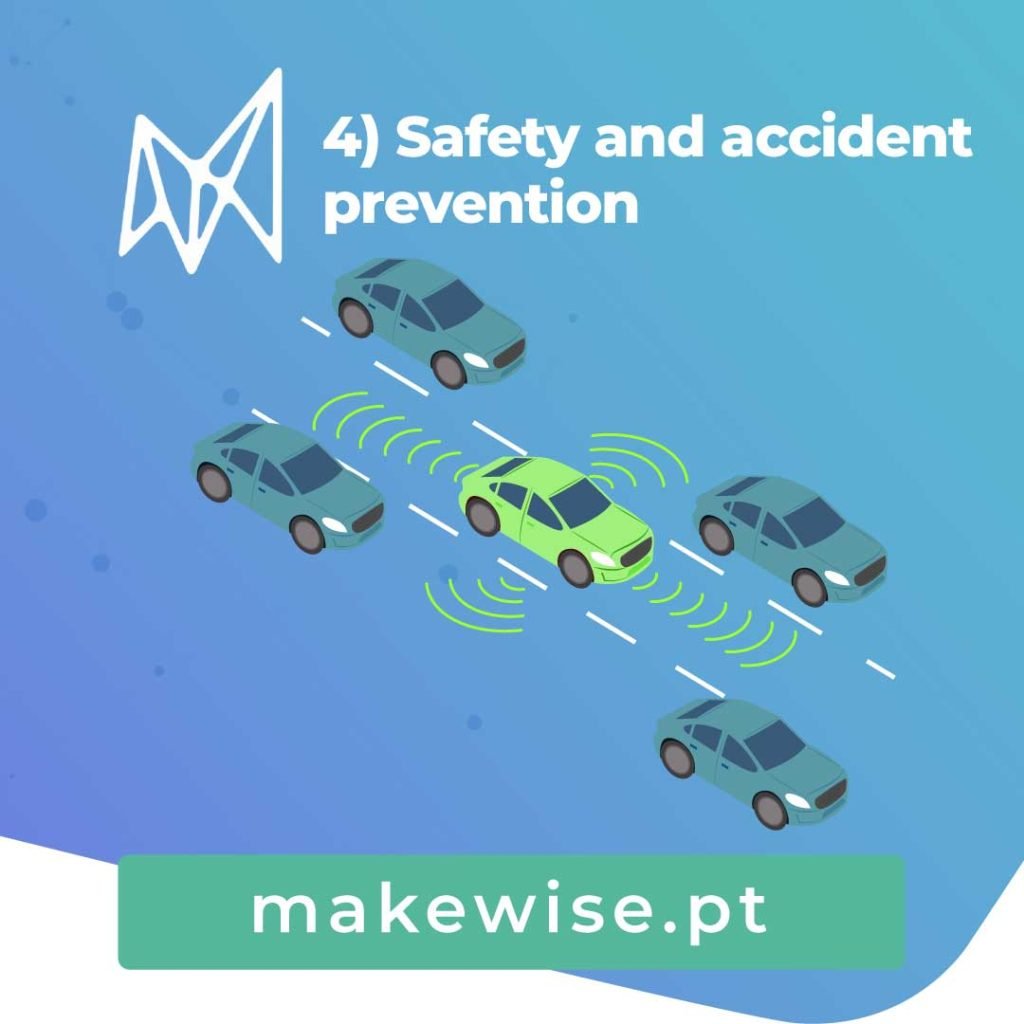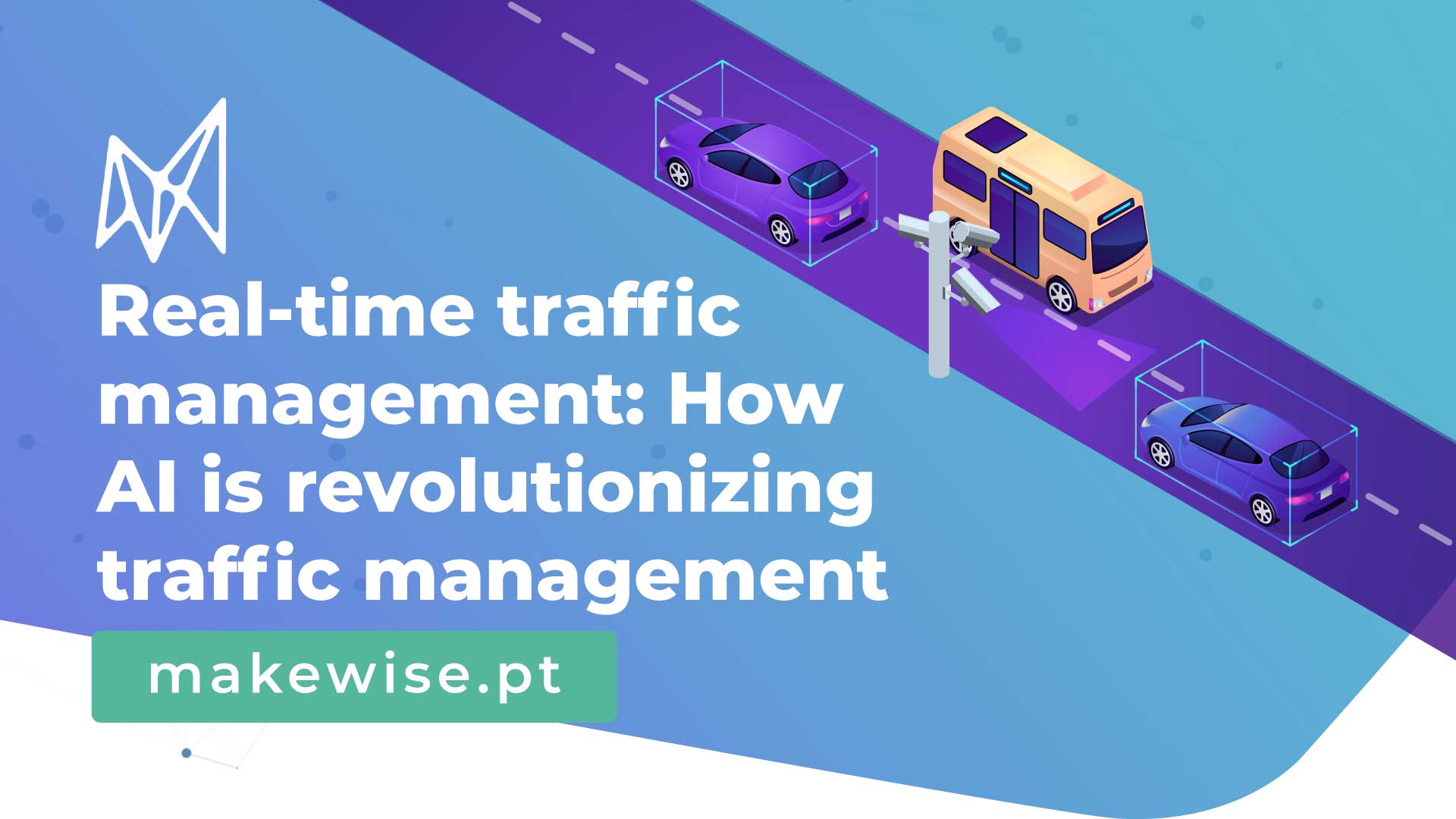AI has a wide range of uses, with one being that it can significantly impact the development of intelligent traffic systems. In this article, we explore how AI can improve traffic efficiency and its benefits.
How AI is revolutionizing traffic management
Real-time traffic monitoring and analysis
One key application for AI is traffic flow prediction, where AI models analyze both historical and real-time traffic data. This data helps traffic planners understand patterns and trends, allowing for accurate forecasting of future conditions. Such predictive analysis aids in resource allocation, route optimization to minimize congestion, and adjustment of traffic signal timings.
AI-powered systems also excel in incident detection and management. These systems can identify traffic incidents such as accidents, wrong-way drivers, overspeeding, or road blockages. Upon detection, the information is used to dispatch personnel, ensuring a quick response. These systems also facilitate quick actions like rerouting traffic away from the affected area.
Adaptive traffic signal control is another significant advancement. Unlike traditional traffic signals that operate on fixed schedules and often cause inefficiencies during unexpected situations, adaptive signals adjust their timings based on real-time demand.
Intelligent Transport Systems (ITS)
Intelligent Transport Systems are advanced transportation solutions that continuously monitor traffic conditions such as demand, weather, and accidents. One crucial component of ITS is vehicle-to-everything communication (V2X), which incorporates interactions between vehicles and various entities impacting or impacted by the vehicle. V2X enhances road safety and traffic conditions through the exchange of safety-critical information, allowing drivers to make better-informed decisions, optimizing transportation system performance, and reducing fuel consumption.
AI solutions for traffic management
1) Traffic prediction models

Traffic prediction models predict traffic conditions extracting relevant information from historical or real-time data on traffic flow, congestion levels, and commute times.
2) Machine learning models

Machine learning models are trained using historical databases to identify patterns influencing traffic flow. These algorithms automatically detect and adapt to these patterns in real-time.
3) Traffic signal optimization

Optimizing traffic signal systems is crucial for regulating traffic flow in response to demand, congestion, and pedestrian data. This optimization ensures smoother and more efficient traffic movement.
4) Safety and accident prevention

AI enhances traffic safety by ensuring that plans prioritize the safety of vehicles, pedestrians, and cyclists, minimizing accidents and injuries. For instance, Emergency Vehicle Preemption (EVP) interrupts normal traffic light timing to allow emergency vehicles to pass through intersections quickly and safely.
AID.VISION: Automatic detection of incidents on roads

The AID.VISION is a solution powered by Artificial Intelligence systems, which automatically detects various types of incidents and triggers real-time alerts to an operations center.
- Automatic road detection
- Automated incident detection
- Real-time alerts and warnings
- Integration with other IT systems
Confirm all MakeWise’s solutions here and start your business digital transformation journey today. Contact us!

